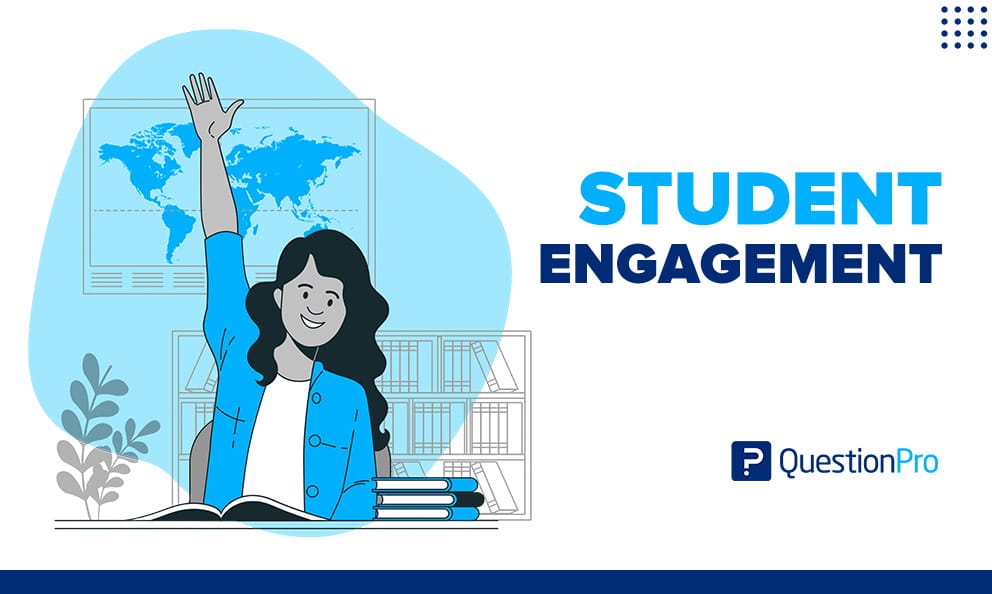P - Participating: Actively involved in the learning process.
I - Invest: Committing effort, time, and dedication to learning.
O - Own: Taking responsibility and accountability for one's own learning.
D - Driving: Being proactive and purposeful in pursuing educational goals.
As explain the meaning i detail and in different contex:
P - Participating:
Meaning in Education: This refers to active involvement in the learning process. It goes beyond simply being present and includes contributing to discussions, asking questions, collaborating with peers, engaging with learning materials, and taking part in activities.
Educational Impact: Promotes deeper understanding, critical thinking, development of communication skills, and a more dynamic learning environment. It shifts the learner from a passive recipient to an active co-creator of knowledge.
I - Invest:
Meaning in Education: This signifies a personal commitment and dedication to learning. It's about putting in effort, time, and resources (mental, emotional, sometimes even physical) to achieve educational goals. It implies a sense of ownership over one's learning journey.
Educational Impact: Fosters resilience, perseverance, self-discipline, and a growth mindset. When learners invest, they are more likely to overcome challenges, seek out additional resources, and persist until they grasp concepts.
O - Own:
Meaning in Education: This component emphasizes taking responsibility and accountability for one's learning. It means understanding one's strengths and weaknesses, setting personal learning goals, tracking progress, and reflecting on learning experiences. It's about self-directed learning and internalizing the learning process.
Educational Impact: Develops metacognitive skills (thinking about one's thinking), promotes self-efficacy, and empowers learners to become independent and lifelong learners. When learners "own" their education, they are intrinsically motivated.
D - Driving:
Meaning in Education: This represents the proactive and purposeful pursuit of educational objectives. It's about being the primary agent in one's learning journey, taking initiative, seeking out opportunities, and navigating challenges. It implies a forward-moving, goal-oriented approach.
Educational Impact: Cultivates leadership skills, problem-solving abilities, innovation, and adaptability. Learners who are "driving" their education are not just responding to external stimuli but are actively shaping their educational path and outcomes.
To effectively implement the "PIOD" framework (Participating, Invest, Own, Driving) in the classroom, a teacher needs to foster a learning environment that empowers students and shifts the locus of control. Here are three key engagements that will help a teacher achieve this:
Cultivating a Culture of Choice and Voice (for P & O - Participating & Own):
Engagement: Teachers should intentionally design learning experiences where students have meaningful choices in what they learn, how they learn, and how they demonstrate their understanding. This includes opportunities for students to voice their opinions, ask questions, and contribute ideas to classroom decisions.
How it helps PIOD:
Participating: When students have a say, they are more likely to actively participate because the learning feels relevant and personally connected. Choice reduces passive reception and encourages active engagement.
Own: Giving students choices and a voice directly fosters a sense of ownership. They feel that the classroom and their learning belong to them, not just the teacher. This accountability makes them more invested in the outcomes.
Examples: Allowing students to choose from a menu of project options, having them select topics for research, incorporating student-led discussions, or even involving them in setting some classroom norms.
Providing Opportunities for Authentic, Real-World Application and Problem-Solving (for I & D - Invest & Driving):
Engagement: Teachers should connect learning to real-world scenarios, challenges, and problems that resonate with students' experiences or interests. This often involves project-based learning, inquiry-based learning, or case studies where students apply their knowledge to solve genuine issues.
How it helps PIOD:
Invest: When learning has clear, tangible relevance to the real world, students are more likely to invest their time, effort, and cognitive resources. They see the purpose behind what they are learning.
Driving: Tackling real-world problems inherently requires students to be proactive, think critically, and take initiative – essentially driving their own learning to find solutions. They become self-directed in their pursuit of knowledge and skills.
Examples: Designing projects where students propose solutions to local community issues, conducting scientific investigations with real data, simulating a historical event with roles, or engaging in debates on current global topics.
Implementing Consistent and Actionable Feedback, Coupled with Self-Reflection (for I & O - Invest & Own):
Engagement: Teachers should move beyond just grading and provide regular, specific, and constructive feedback that helps students understand their progress and areas for improvement. Crucially, they should also create structured opportunities for students to self-assess, reflect on their learning processes, and set personal goals.
How it helps PIOD:
Invest: When students receive clear, actionable feedback, they understand where to direct their efforts, making their investment of time and energy more effective. This continuous loop of feedback and adjustment reinforces their commitment.
Own: Self-reflection is fundamental to ownership. By analyzing their own work and learning strategies, students develop metacognitive skills and take responsibility for their growth. Feedback from the teacher helps them refine this self-assessment, further solidifying their ownership of the learning journey.
Examples: Using rubrics for peer and self-assessment, having students maintain learning journals, conferencing with students one-on-one to discuss progress, and incorporating "revise and resubmit" opportunities based on feedback.


No comments
Post a Comment